About the Author
Gisela Radant Wood is a walker, writer, photographer, avid reader and passionate about Extremadura. She has lived in the Sierra de Montnchez for the past 10 years and walks there on a regular basis. Home is a finca outside the village of Almoharn with a husband, a dog, seven sheep, occasional lambs, four hens and 150 olive trees. Ten years ago Gisela set up the website www.walkingextremadura.com and is actively involved in promoting the area as a walking paradise. This is her second book about walking in Extremadura.
Gisela loves the social side of walking with friends in the Almoharn walking group, but really prefers the quiet of walking alone in the countryside she loves.
THE SIERRAS OF EXTREMADURA
by Gisela Radant Wood
JUNIPER HOUSE, MURLEY MOSS,
OXENHOLME ROAD, KENDAL, CUMBRIA LA9 7RL
www.cicerone.co.uk
Gisela Radant Wood 2017
First edition 2017
ISBN: 978 1 85284 848 4
Printed by KHL Printing, Singapore
A catalogue record for this book is available from the British Library.
 Route mapping by Lovell Johns www.lovelljohns.com
Route mapping by Lovell Johns www.lovelljohns.com
Contains OpenStreetMap.org data OpenStreetMap contributors, CC-BY-SA. NASA relief data courtesy of ESRI
All photographs are by the author unless otherwise stated.
Updates to this Guide
While every effort is made by our authors to ensure the accuracy of guidebooks as they go to print, changes can occur during the lifetime of an edition. Any updates that we know of for this guide will be on the Cicerone website (www.cicerone.co.uk/848/updates), so please check before planning your trip. We also advise that you check information about such things as transport, accommodation and shops locally. Even rights of way can be altered over time.
The route maps in this guide are derived from publicly-available data, databases and crowd-sourced data. As such they have not been through the detailed checking procedures that would generally be applied to a published map from an official mapping agency, although naturally we have reviewed them closely in the light of local knowledge as part of the preparation of this guide.
We are always grateful for information about any discrepancies between a guidebook and the facts on the ground, sent by email to updates@cicerone.co.uk or by post to Cicerone, Juniper House, MurleyMoss, Oxenholme Road, Kendal LA9 7RL, United Kingdom.
Register your book: To sign up to receive free updates, special offers and GPX files where available, register your book at www.cicerone.co.uk.
Front cover: Trevejo Castle dominates the small village of Trevejo in the western Sierra de Gata
CONTENTS

Waterfall in the Sierra de Gredos
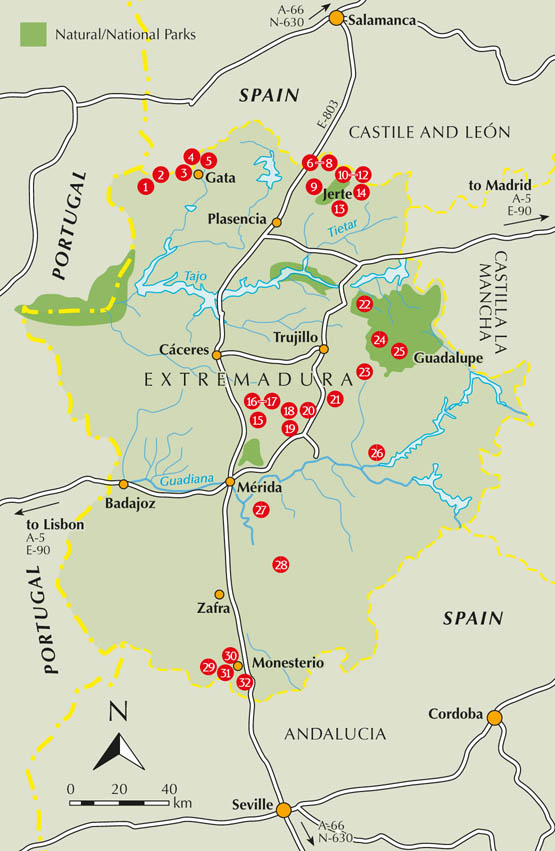
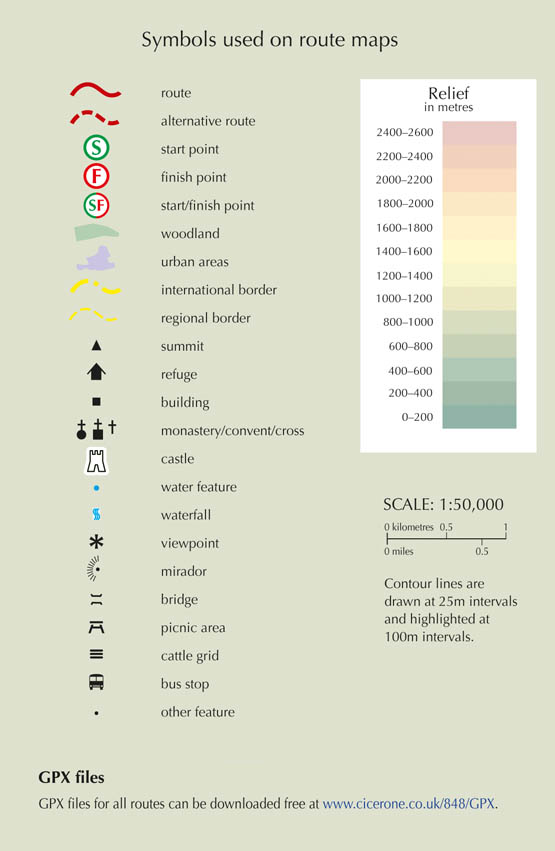

Chozo (traditional shepherds hut) in the Sierra de Gredos (Walk 14)
INTRODUCTION
Ancient footpaths lined with yellow broom, purple lavender and white cistus lead in and out of dark pine woods that provide cool shade. High rolling pastures, bright with wildflowers, are framed by snow-capped mountains which puncture the blue sky. The white-washed, red-roofed buildings of small villages can be seen tucked into the folds of hillsides. Cows graze the lower slopes and the valley floor, their bells providing the only intermittent sound; griffon vultures circle above the peaks. There is not another person in sight.
Extremadura remains Spains least-known and least-visited region, but very gradually, walkers, lovers of natures beauty and seekers of peace are finding their way there. Many arrive not knowing quite what to expect. None leave disappointed.
The region is sparsely populated in modern terms: it has only 26 residents per square kilometre, while England has 406. The largest city in Extremadura is Badajoz with a little over 150,000 inhabitants. Most people live in small towns or villages each with their distinct character and quite separate from the next. Ribbon development does not exist in Extremadura.

Walking down to Puente Sacristn (Walk 10)
What does exist, in abundance, is open countryside, mountains, hills, valleys, lakes, rivers, forests, pasture and thousands of kilometres of paths criss-crossing the region. These paths are perfect for walking: some are part of an ancient communication network from the days when people walked everywhere; some are delightful meanderings around the agricultural areas that surround every village. The oldest are paved with granite, others are soft earth. Many are shaded with trees and have verges profuse with flowers, in season.
The untouched countryside is a haven for wildlife and birds, and Extremadura has many protected areas. Monfrage National Park lies at the heart of where the Titar and Tajo rivers meet; the area is covered in forest and is famous as a nesting site for many species of raptor. Further west, where the Tajo crosses into Portugal, the Tajo International Natural Park has been established where the rivers Erjas and Sever join the bigger river. The oldest rocks in the peninsula sit in the middle of the Cceres plain, and the Monumental Park of Los Barruecos has spectacular granite rocks of at least 575 million years old. Its lakes attract birds year-round.
Cornalvo Natural Park is, in reality, a huge area of dehesa open parkland covered with spaced-out evergreen holm oaks. Its lake, formed by a dam built in Roman times, attracts birds and wildfowl year-round. La Garganta de los Infiernos Natural Park in the Jerte valley incorporates part of the southern slopes of the Sierra de Gredos, while as recently as 2011 a GeoPark was formed uniting the areas of Las Villuercas, Los Ibores and Jara.
All of these parks have hundreds of kilometres of designated and signed walking paths and are testimony to Extremaduras continuing commitment to preserving its natural environment.

A chance meeting in the Sierra de Gredos in June
The biggest Protection Areas are, without doubt, for birds. These have the acronym ZEPA (Zona Especial de Proteccin para Aves); the Sierra de Pela and the Sierra Grande de Hornachos, both featured in this book, are ZEPA areas. The Sierra de San Pedro and much of the area around Cceres are also designated ZEPA.
Quite apart from its natural heritage, Extremadura also boasts three World Heritage Sites: Roman Mrida, Renaissance Cceres and Guadalupe. These cities, along with Trujillo, Coria, Plasencia, Badajoz and Jerez de los Caballeros, to name but a few, are wonderful places to explore on foot and soak up the atmosphere of past centuries. However, Cceres, Mrida and Badajoz also have their dynamic, modern sides, which can add a different dimension to a walking holiday.


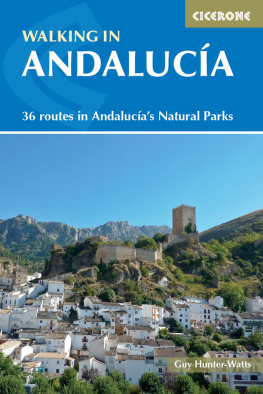
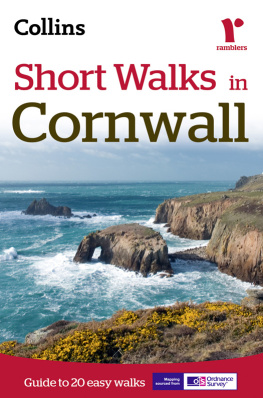

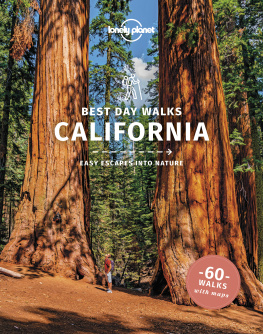



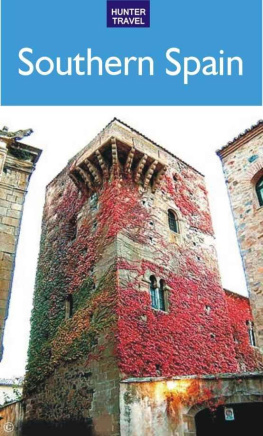
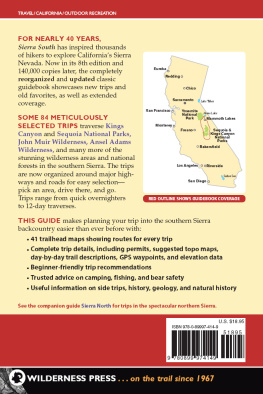




 Route mapping by Lovell Johns www.lovelljohns.com
Route mapping by Lovell Johns www.lovelljohns.com




